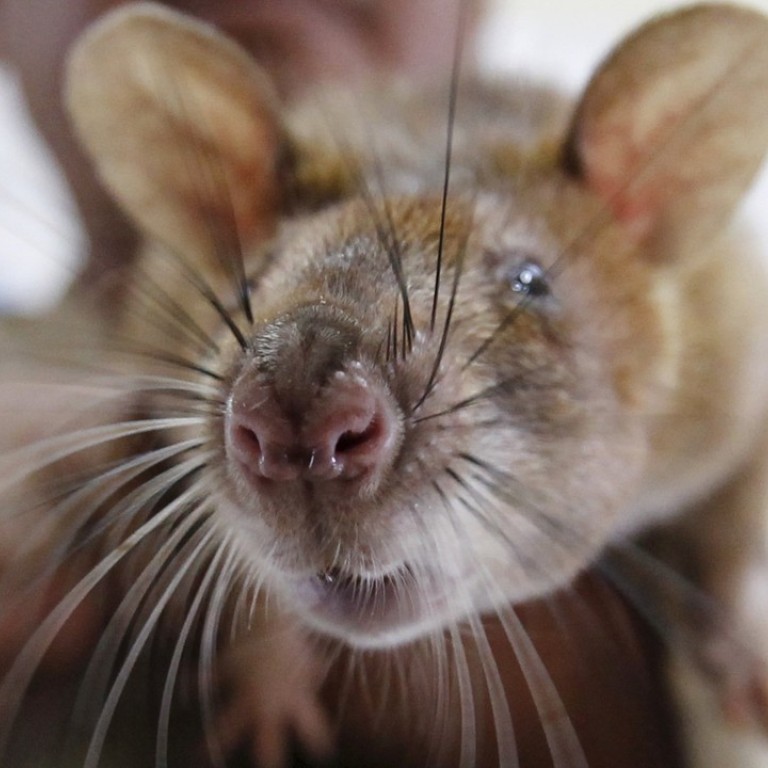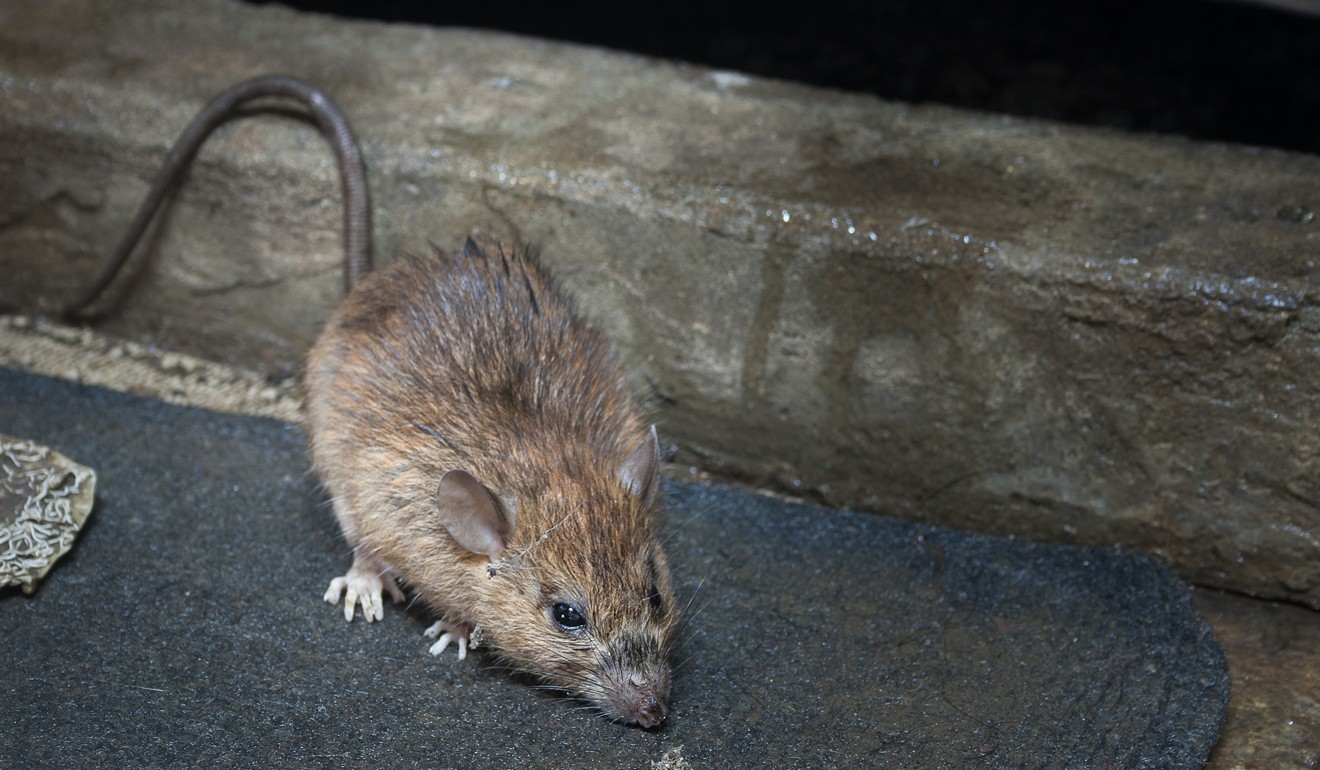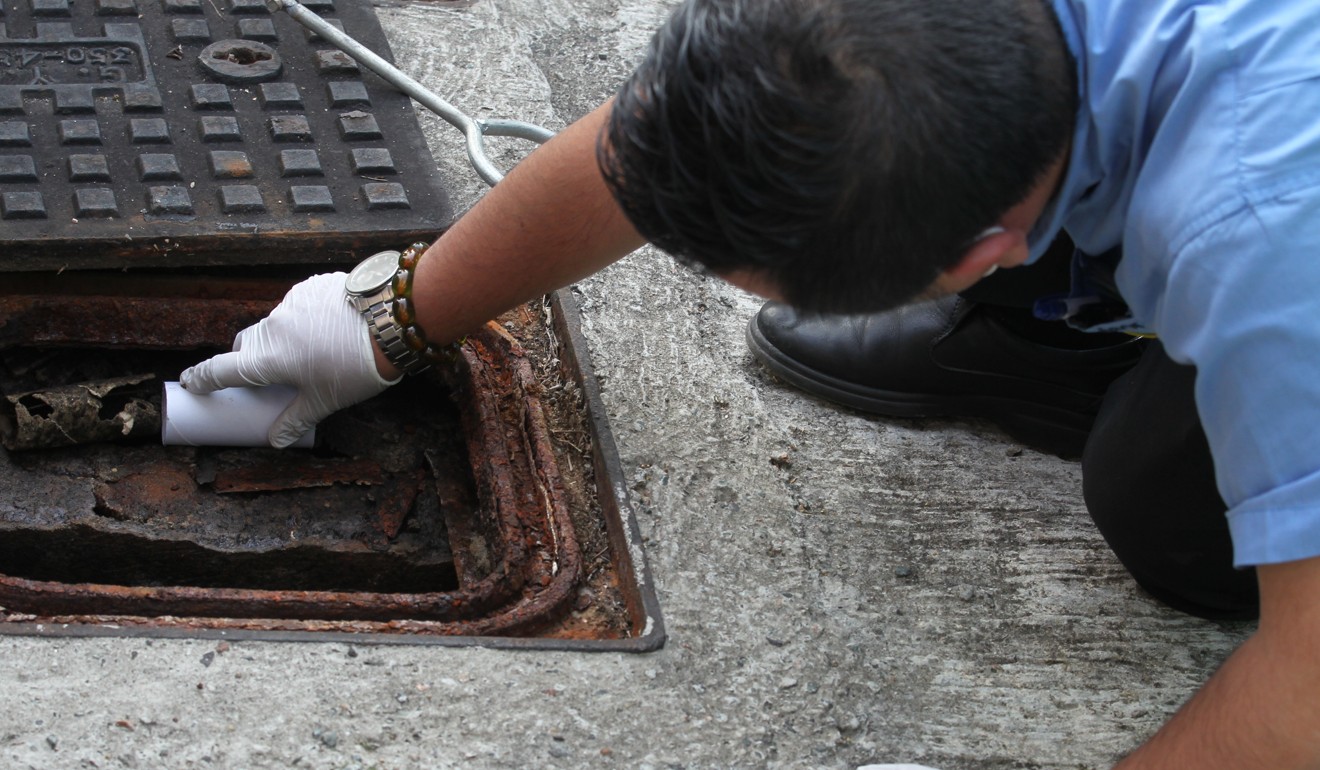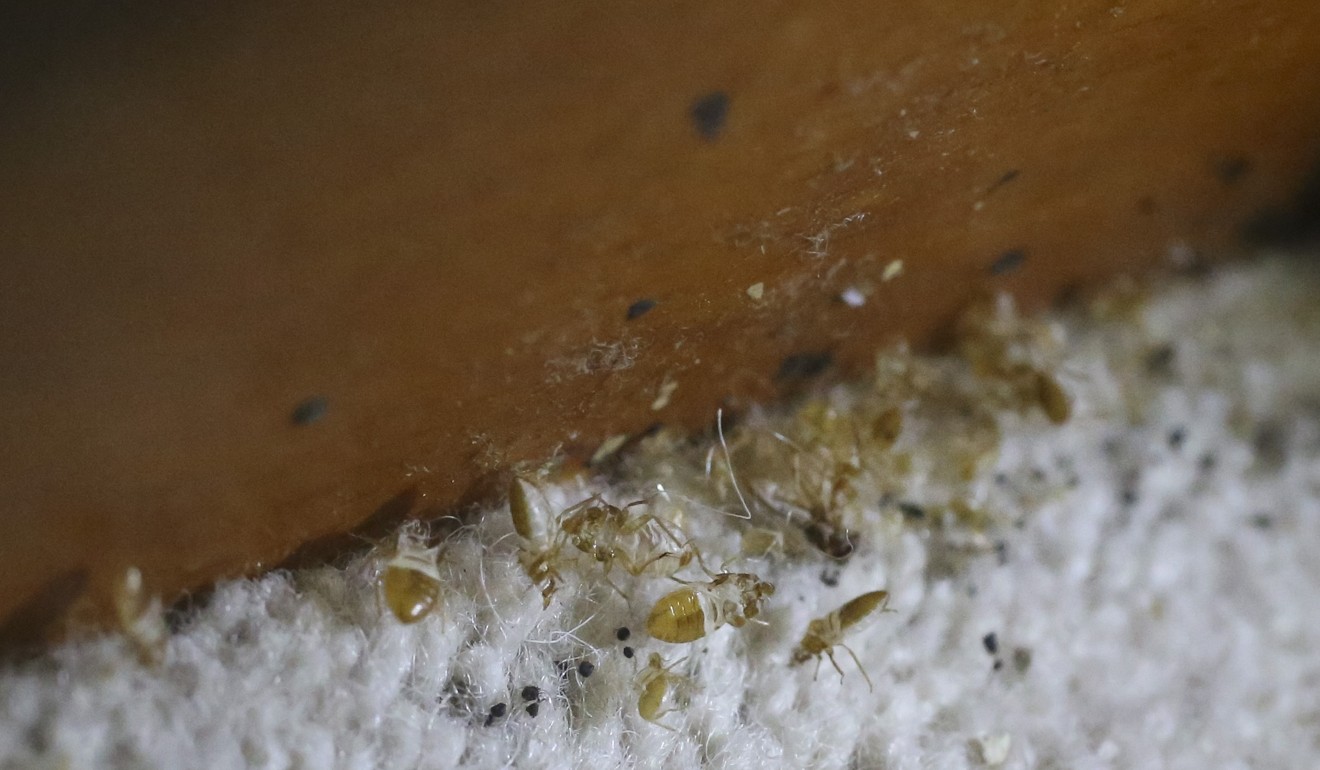
Four Hong Kong pests that may terrify you this summer
As temperatures heat up, out of the woodwork comes horrors that lurk underground, in nooks and crannies, and, yes, even in your bed
The sweltering heat and smothering humidity in Hong Kong aren’t the only pesky things during summer. All manner of critters live in this urban jungle, and when conditions are ripe, they rear their ugly heads to terrorise the squeamish. But an inexplicable fear of creepy-crawlies aside, the city’s pests are not to be taken lightly: they are responsible for some of the darkest periods in Hong Kong’s history because of the diseases they spread.
City Weekend looks at four usual suspects.
Rat running amok at Café de Coral prompts promise to clean up act
Rats
They may be furry but they are no cuter than any of their other dubious companions on this list. In 1894, a mysterious pandemic, later known as the “great plague of Hong Kong”, festered in the then British colony. It claimed tens of thousands of lives and caused widespread suffering and social unrest, before spreading overseas and ballooning into a global pandemic. The disease was later found to be spread by fleas from rodents.

There are two main breeds of rats in Hong Kong. The more commonly encountered sewer rat is the larger species, also known as the brown rat, Norway rat or Rattus norvegicus – which is responsible for the plague more than 100 years ago.
Another breed more common in rural areas is the smaller, black roof rat, or Rattus rattus. The rodent can also cause rat-bite fever and spotted fever, among other diseases.
The Food and Environmental Hygiene Department conducts regular Rodent Infestation Rate surveys across the city. These surveys involve laying bait over an area and then recording the percentage that has been consumed by rats.
Waiter, there’s a cockroach on my bun: diners horrified by insect encounter
Any areas registering bait consumption at 10 per cent or above are considered to have a rat problem.
In 2017, Hong Kong’s overall annual Rodent Infestation Rate was 3.5 per cent, down from 4 per cent the previous year. The most seriously affected areas were Mong Kok and Eastern district, with the rates hovering at about 6 to 7 per cent in the past three years.
Naturally, rats prefer to lurk in dark alleys and street corners but food may attract them into homes.
Your best line of defence is good hygiene, sealed entryways in your home and proper rubbish disposal. Keep food in metal or glass containers with lids that are impenetrable to rats’ sharp teeth, and keep your home tidy – less clutter means fewer places for the scurrying creatures to hide.
Cockroaches
The damp humidity of summer is peak season for cockroaches to thrive, and you may come across these unwelcomed guests at home or encounter one on the street in a kamikaze dash into your path, seemingly with a death wish to be stomped underfoot.
Noisy neighbour? Try sharing a plane with an infestation of cockroaches
Not only do the appearance of roaches induce disgust, they can pose a serious health threat. They carry pathogens on the surface of their bodies that can contaminate food they come into contact with.
The cockroach itself is a living breathing bomb of nasty microorganisms, and even its stool or cast-off epidermal layers can contain allergens, many of which may cause rash, watery eyes or sneezing in humans.
You may want to think twice about killing one with a smack from a rolled-up magazine or sandal, as the resulting splatter may further spread the revolting cocktail of germs.

The best way is to poison them with insecticide and dispose of them with gloves.
Common species that can be found locally are the American, Australian and German cockroaches.
Always take preventive measures, including, first and foremost, good housekeeping. Seal food containers and regularly clear out the trash. Be mindful of food crumbs or any spilled food and clean up after meals.
As cockroaches are most active at night, do not leave leftover food out in the open, and always clear the rubbish bin before bedtime.

Bed bugs

While there is no official data on the number of infestations in Hong Kong, it is believed the bed bug epidemic is on the rise. Many sufferers are too embarrassed to report the issue, but judging from pest discussions on internet forums, it is no longer just a problem faced by the poor. There are also many complaints from private households in upscale neighbourhoods.
Is Hong Kong on the verge of a major bed bug epidemic?
One theory about the spread of bed bugs in the city is that they are “imported” from the mainland, hitching a ride on construction materials, goods, and even the belongings of migrant workers. Experts have warned that given Shenzhen’s proximity to Hong Kong, the risk of bed bug infestations spreading from across the boarder is always high.
Once these pesky home invaders move in, they can be hard to evict. Bed bugs lay their eggs and live in the cracks of bed frames and wall panels. The best way to defend your home against these bloodsuckers is to clean and vacuum regularly, wash infected blankets and bedclothes in hot water, and apply steam directly to crevices where the parasitic insects thrive to kill them and their eggs.

Mosquitoes

Hygiene workers in masks and full-body suits conducting disinfection operations are a common sight at areas where reports of mosquito-borne infections have occurred.
There are more than 70 species of mosquitoes found locally, out of some 3,000 worldwide. In Hong Kong, about 10 species under the Anopheles family are identified as primary disease carriers.
The breed can be distinguished by white stripes on the dorsal surface of the insect’s thorax, as well as bands on its legs, although sometimes such markings may not be obvious.
Authorities have selected 52 locations across the city for vector surveillance to contain the spread of mosquito-borne diseases. Under a system which measures severity in terms of index percentages, areas under a 20 per cent mark will be placed under weekly inspections to clear potential breeding grounds.
Why Hong Kong needs to step up the fight against dengue fever
Areas registering a level above this are considered to have a serious infestation problem, and special control operations will be deployed.
In the past few years, the most severe cases detected in the summer were at six private cargo working areas next to ports in Western district, Chai Wan, Yau Ma Tei, Stonecutters Island, Rambler Channel, and Tuen Mun.
To avoid these nasty bugs when venturing outdoors, slap on mosquito repellent, and be aware of whether the area you are visiting is a hot zone for these tiny vampires.
Wearing light-coloured tops and bottoms is also recommended as the insects are attracted by dark tones.
At home, change the water in vases, potted plants and aquariums at least once a week. Tightly seal water containers and discard used bottles or cans into closed rubbish bins.


